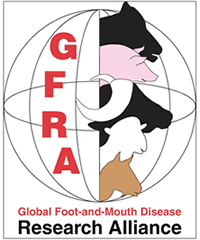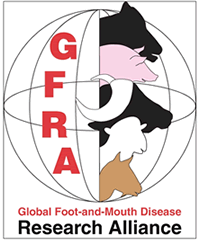1.png?width=2000&height=864&name=Untitled%20design%20(1)1.png)
To remain up to date on upcoming webinars, GFRA events, and to view past webinars, join our mailing list and follow us on social media:
Upcoming Webinars
Analysis of FMDV Vaccine Quality Using Single Domain Antibodies with Dr. Michiel Harmsen
February 13, 2025
9:00 am ET
Agenda
9:00-9:05 Welcome
9:05-9:30 Presentation
9:30-10:00 Q&A Discussion

Dr. Harmsen studied Biology at the Radboud Universiteit Nijmegen, The Netherlands and graduated as MS in 1988. He then joined the department of Biochemistry and Molecular Biology of Prof. Dick Raué at the Vrije Universiteit Amsterdam, The Netherlands. He received his PhD degree in 1995 at the same institution. He then obtained a position of research scientist and project leader at Wageningen Bioveterinary Research, The Netherlands. He has published 46 research articles in SCI (E) journals, with a focus on single-domain antibodies (32 articles) and FMDV (17 articles). His research on FMDV started with attempts to develop a VHH-based therapy for FMDV to be used in outbreak situations in Europe. He later used some of the VHHs generated successfully to discriminate intact (146S) authentic particles from stable pentameric (12S) degradation products during vaccine production. These tools are relevant for quality control of FMDV vaccines. Particle specific VHHs also helped understand the nature of reduced immunogenicity of 12S particles. He will leave WBVR as of 1 May 2025 for an early retirement.
Past Webinars
2025
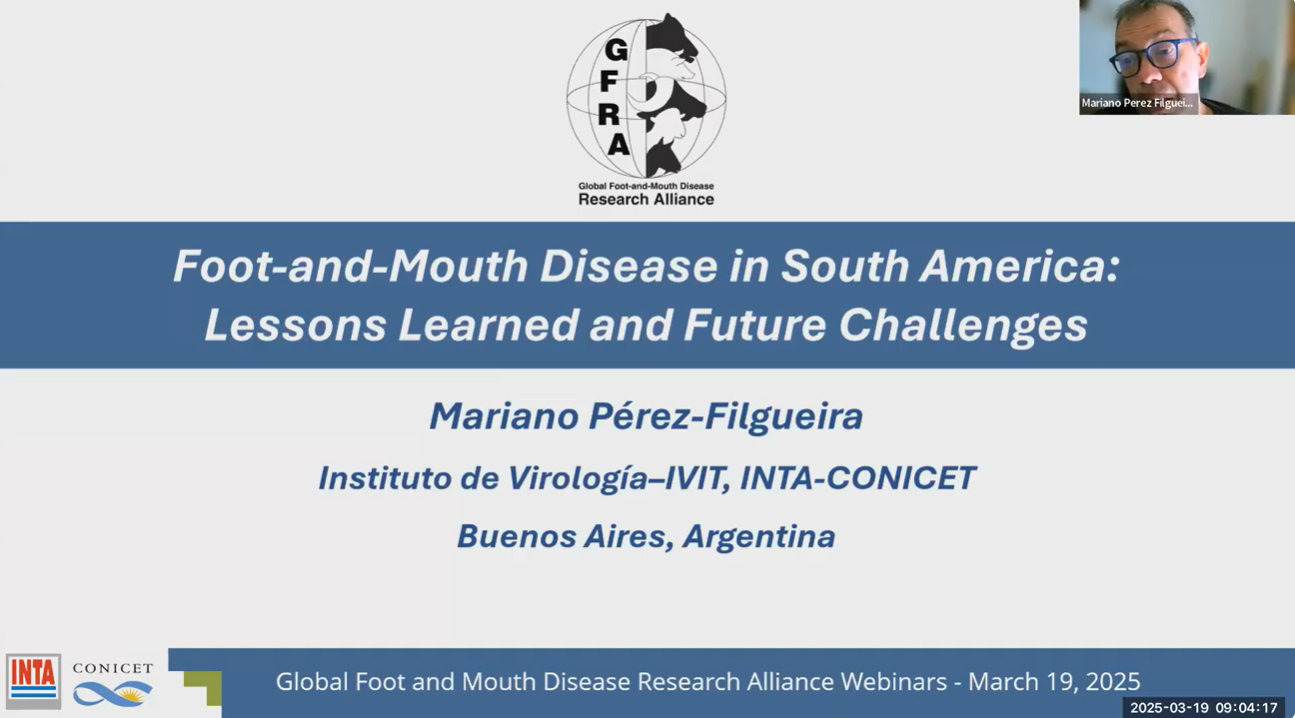
Foot-and-Mouth Disease in South America: Lessons Learned and Future Challenges
Mariano Perez-Filgueira
19 March 2025
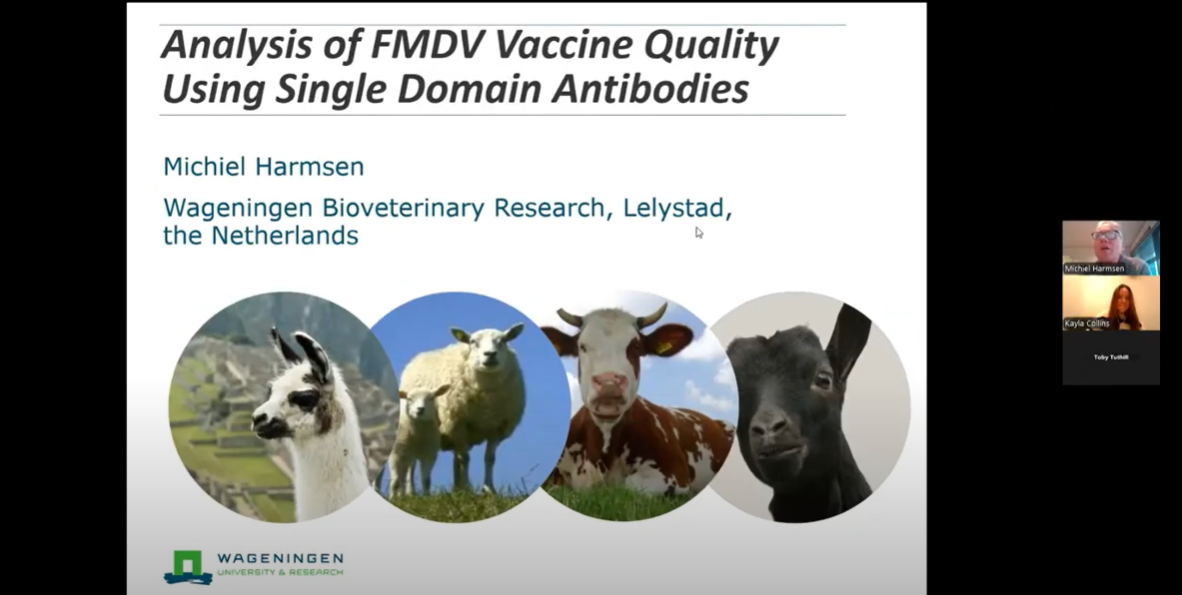
Analysis of FMDv Vaccine Quality Using Single Domain Antibodies
Michiel Harmsen
13 February 2025
2024
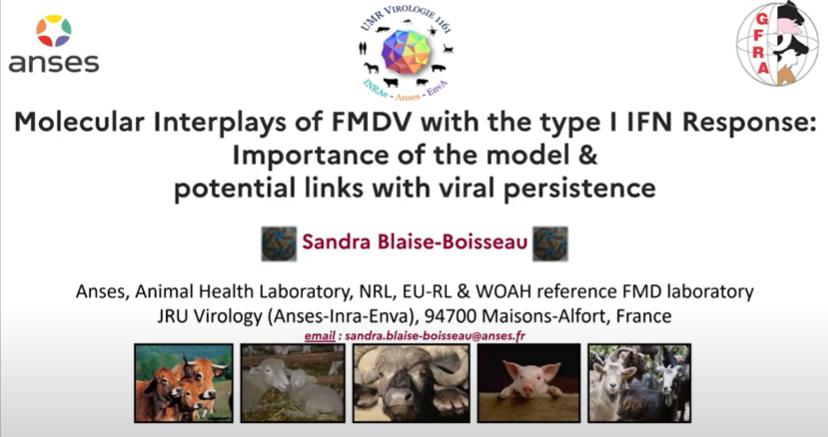
Molecular Interplays of FMDV with the type I IFN Response: Importance of the Model and potential links with viral persistence
Sandra Blaise Boisseau
11 December 2024

Tackling FMD in the African Environment and Technology Development for Trade
Phiyani Lebea
8 October 2024
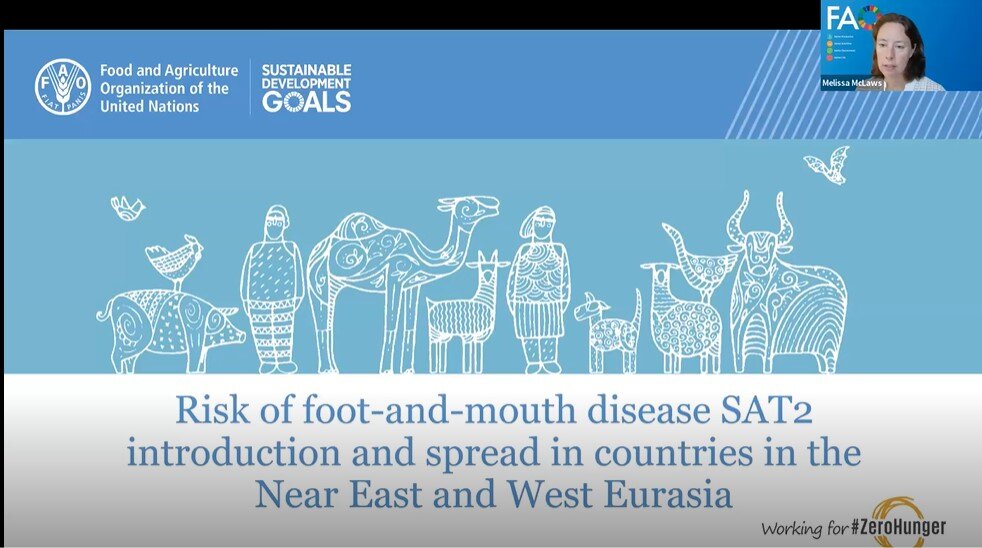
Risk of Foot-and-Mouth Disease SAT2 Introduction and Spread in Countries in the Near East and West Eurasia
Melissa McLaws and Bouda Vosough Ahmadi
18 September 2024
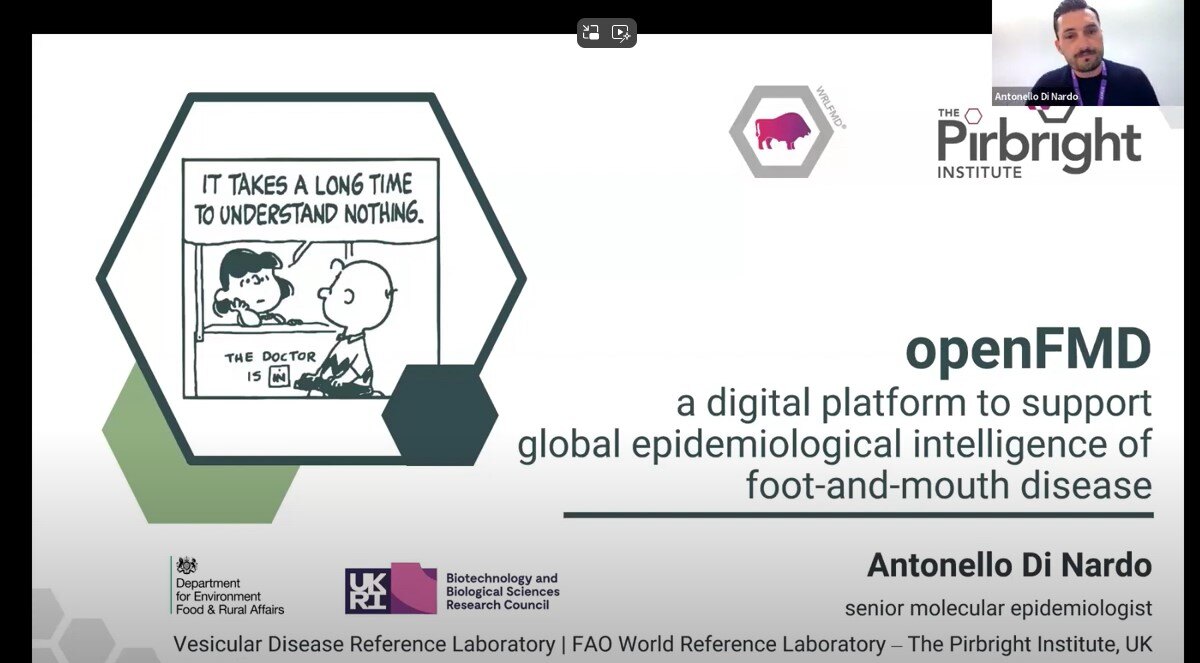
OpenFMD: A Novel Sharing and Decision-Support Platform to Enhance Global Epidemiological Intelligence of Foot-and-Mouth Disease
Antonello Di Nardo
12 June 2024

Virus-Like Particles: Functionalities in Vaccinology and Research
Michael Puckette
11 April 2024

Status of FMD vaccine availability in Africa and prospects for improved FMD control through vaccination
Baptiste Dungu
13 March 2024
2023


Usage of replicons to understand biological importance of variability of foot-and-mouth disease virus genome observed in nature
Lidia Lasecka-Dykes
21 June 2023
Multi-scale dynamics of foot-and-mouth disease viruses in African buffalo
Anna Jolles
20 September 2023
2022
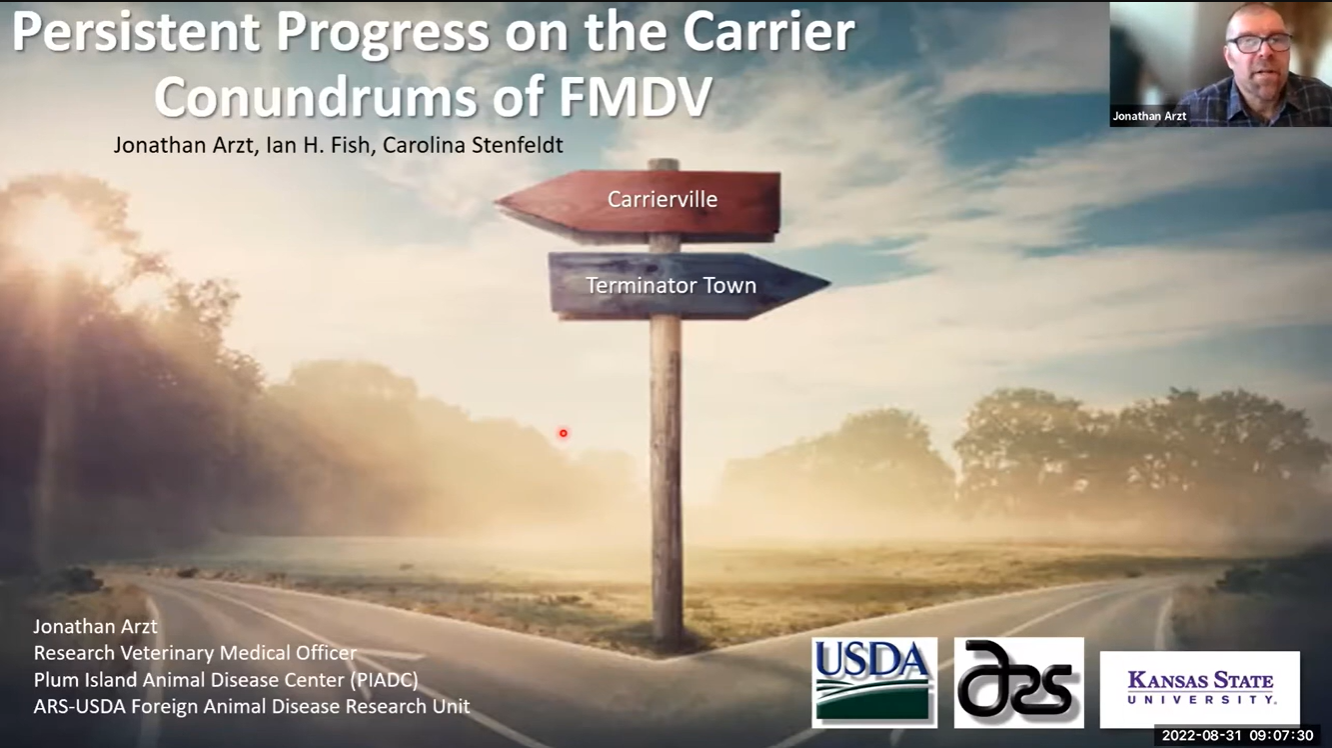
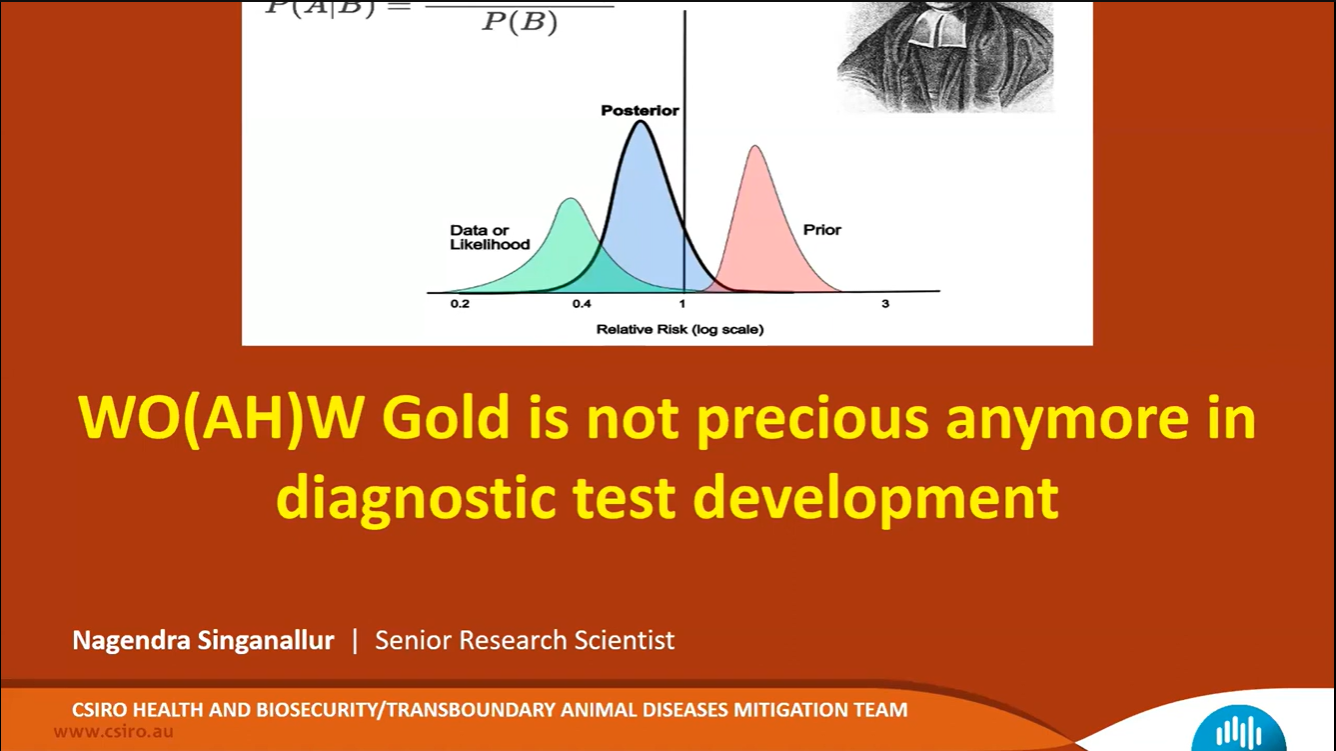

Persistent Progress on the Carrier Conundrums of FMDV
Jonathan Arzt
31 August 2022
WO(AH)W Gold is not precious anymore in diagnostic test development
Nagendra Singanallur
28 September 2022
Relationship between neutralizing and opsonizing monoclonal antibodies against foot-and-mouth disease virus
Artur Summerfield
17 November 2022
About GFRA
VISION
A coordinated global alliance of scientists producing evidence and innovation that enables the progressive control and eradication of FMD.
MISSION
To establish and sustain global research partnerships to generate scientific knowledge and discover the tools to successfully prevent, control and eradicate FMD.
PROGRAMS
GFRA aims to expand FMD research collaborations worldwide and maximize the use of resources and expertise to achieve its five strategic goals (see below).
Several research programs are currently active in Europe, North America, South America and South-East Asia. GFRA programs will continue to expand the alliance in these areas and will actively reach out to new areas of the world that have a stake in the progressive control and eradication of FMD.
- Goal 1. Facilitate research collaborations and serve as a communication gateway for the global FMD research community
- Goal 2. Conduct strategic research to better understand FMD
- Goal 3. Development of the next generation of control measures and strategies for their application
- Goal 4. Determine social and economic impacts of the new generation of improved FMD control
- Goal 5. Provide evidence to inform development of policies for safe trade of animals and animal products in FMD-endemic areas
